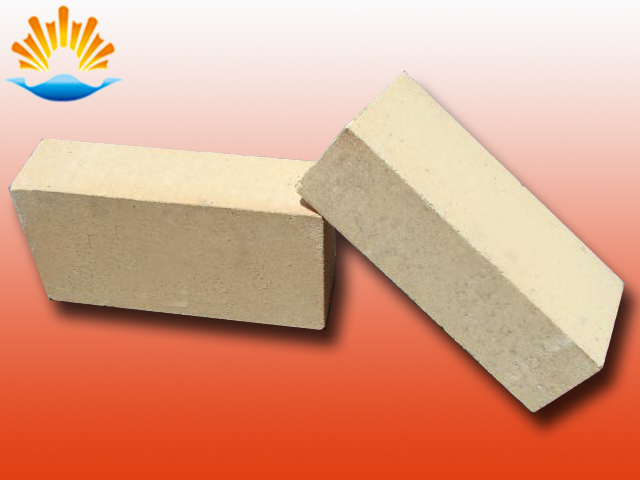Product Search
Quickly find the product you need
Products List
Refractory Knowledge
- Classification of mullite insulation bric
- Thermal Shock Resistant Fireproof Heat In
- Pros and cons of lightweight mullite bric
- the development of the refractory brick i
- Production Process Methods of Refractory
- Refractory material production process
- Aggregates Used For the Production of Ins
- The Use of Mullite Insulation Bricks
- Manufacturing process of fire clay insula
- Pollution and treatment in the production
Products List
- Phone:0086-370-63838939
- Email:sales@sunriserefr.com
- Office Address: No.36 Fengchan Road Of Zhengzhou, Henan, China (Mainland)
The Classification Of Insulation Brick
Date:2016-05-18 09:46 | From:Zhengzhou Sunrise Refractory | Author:admin
Insulation brick is a type of insulation product with regular shapes. It belogns to the lightweight insulation refractory material. It features low bulk density, light weight, low thermal conductivity, low strength and large reheat linear change at high temperature.

Accoridng to the service temperature, insulation bricks can be divided into 3 types:
1) Common insulation brick
The service tempeature of those bricks is under 1000℃. Those bricks mainly include diatomite insulation brick, expanded die stone brick and expanded perlite brick. They are usually used in the insulation layer of thermal equipment.
2) Refractory insualtion brick
The service tempeature of those bricks is between 1000℃-1500℃. Lgihtweight fire clay brick, lightweight silica brick and light weight high alumina brick belogng to this group.
3) High temeprature insulation brick
The service tempeature of those bricks is over 1500℃. They can be directly used in the lining of high temperature furnaces. Those bricks inlcude lightweight cordundum brick, alumina bubble products and zirconia bubble products.
4) Ultra-high temperature insulation brick
Those bricks are made of fibrous materials(silica fibers, alumina fibers, carbon fibers, nitrogen fibers, silicon carbide fibers, etc.) and inorganic materials (silica, alumina, lithium oxide, magnesium oxide, etc.) and binders as raw materials by molding and sintering. They have light weight, high strength, excellent heat resistance and high thermal conductivity. they are eay to process and widely used in the universe aerospace equipment, industrial kilns and the like.

